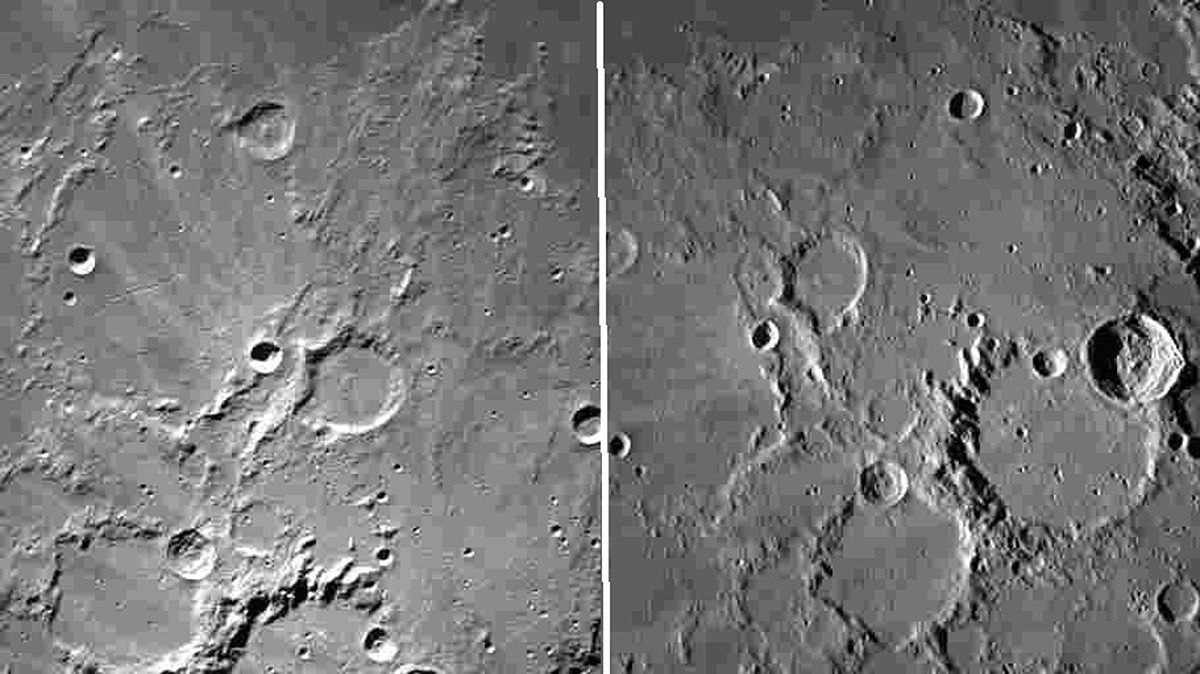Japan’s SLIM moon lander has concluded its mission and entered a dormant state ahead of the lunar nighttime, wrapping up a successful venture filled with scientific discoveries and captivating imagery.
Despite encountering engine issues during landing, the Smart Lander for Investigating Moon (SLIM) achieved a precise touchdown on the Shioli crater rim on January 19. Although its solar cells initially faced challenges due to limited sunlight exposure, SLIM resumed operations nearly 10 days later when sunlight reached its panels.
Operated by the Japan Aerospace Exploration Agency (JAXA), SLIM spent its final days capturing images of the lunar surface using its Multi-Band Camera (MBC). This advanced camera analyzed reflected sunlight to identify minerals like olivine, providing valuable insights into lunar composition.
JAXA’s SLIM account shared a final image from the spacecraft’s navigation camera on January 31, confirming its transition to a dormant state as planned. Now, JAXA will patiently wait through the lunar nighttime, enduring extreme temperatures before considering any potential revival efforts.
Although SLIM’s reactivation remains uncertain, the mission has achieved its primary goals, including a precision landing, deployment of small rovers, and collection of extensive scientific data. Images from the MBC’s spectroscopic imaging highlight the diverse rocks and regolith under study, contributing to our understanding of lunar origins.
JAXA continues to analyze the data obtained by SLIM, aiming to unlock further insights into the moon’s composition and share scientific findings as they emerge. The success of SLIM’s mission underscores Japan’s significant contributions to lunar exploration and scientific research.















































